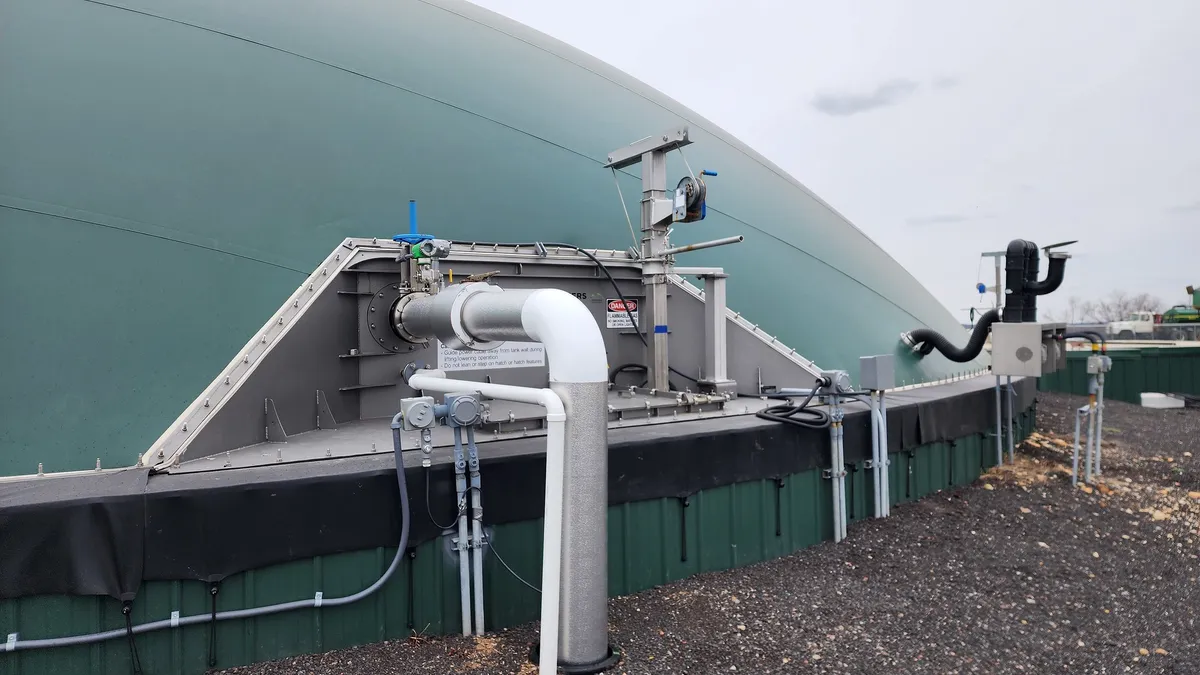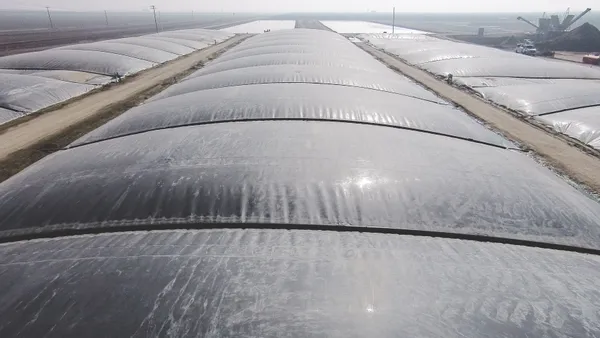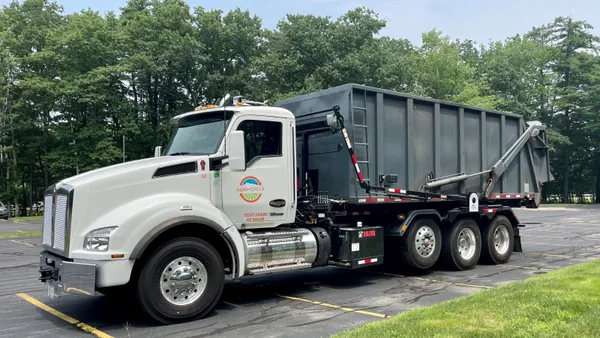A group of organizations based in the Northeastern U.S. has released materials for developers and communities interested in anaerobic digestion. Led by the Northeast Recycling Council and Northeast Waste Management Officials’ Association, the group hopes the resources and accompanying webinars will facilitate greater understanding of digestion systems and ease friction for projects where necessary.
“It is a solution or a technology that can definitely offset the negative impacts of the carbon emissions that come off of wasted food,” Megan Schulz-Fontes, executive director of NERC, said in an interview. “The effort was [intended] to bring more transparency to towns, or whoever's looking to develop this technology, into how it can be done.”
A $200,000 grant from the U.S. EPA, plus additional in-kind donations to the lead organizations, largely funded the two-year project. Connecticut Coalition for Environmental Justice and Clean and Healthy New York also supported it.
The resources include a regulatory guide for state and federal permitting processes, a guide to community engagement and a series of four webinars. Stephanie Frisch, project manager with NEWMOA, said the knowledge the organizations gathered was difficult to find.
“We really hope to, with the regulatory guide, create a document that would be the first step for people interested in anaerobic digestion,” Frisch said.
She and Schulz-Fontes acknowledged that anaerobic digestion isn’t always viewed as favorably as composting. They cited the EPA’s recently debuted Wasted Food Scale, which encourages beneficial use of digestate to make the systems on par with composting. NERC and NEWMOA also focus on source reduction, which is viewed as the most effective way to prevent wasted organics.
Toward that end, NERC is planning to expand its work in the organics space. It recently established an Organics Management Committee to monitor and support regional efforts to develop organic waste reduction, reuse and recycling programs. The committee is expected to meet every two months and would complement efforts made by NEWMOA’s Waste Food Workgroup, which meets a few times a year.
"We really want to look at solutions across the board, starting with how do we reduce food waste," Schulz-Fontes said.
In situations where anaerobic digestion may be the most suitable management pathway, the partnering groups want developers to be respectful of host communities. Their guide advises project managers to be sensitive to environmental justice communities and avoid siting projects in such areas when possible, while following a robust community engagement process for every location.
Schulz-Fontes said she’s heard of anaerobic digestion projects getting scuttled by communities that weren’t receptive to plans. She encouraged project managers to provide transparency on the facility’s potential impacts as well as community benefits, like hiring local workers.
”They can definitely get shut down right away and not be able to do any developing and lose that area if they don't figure out how to first successfully engage with that community,” Schulz-Fontes said. “Walking the talk is really critical.”











